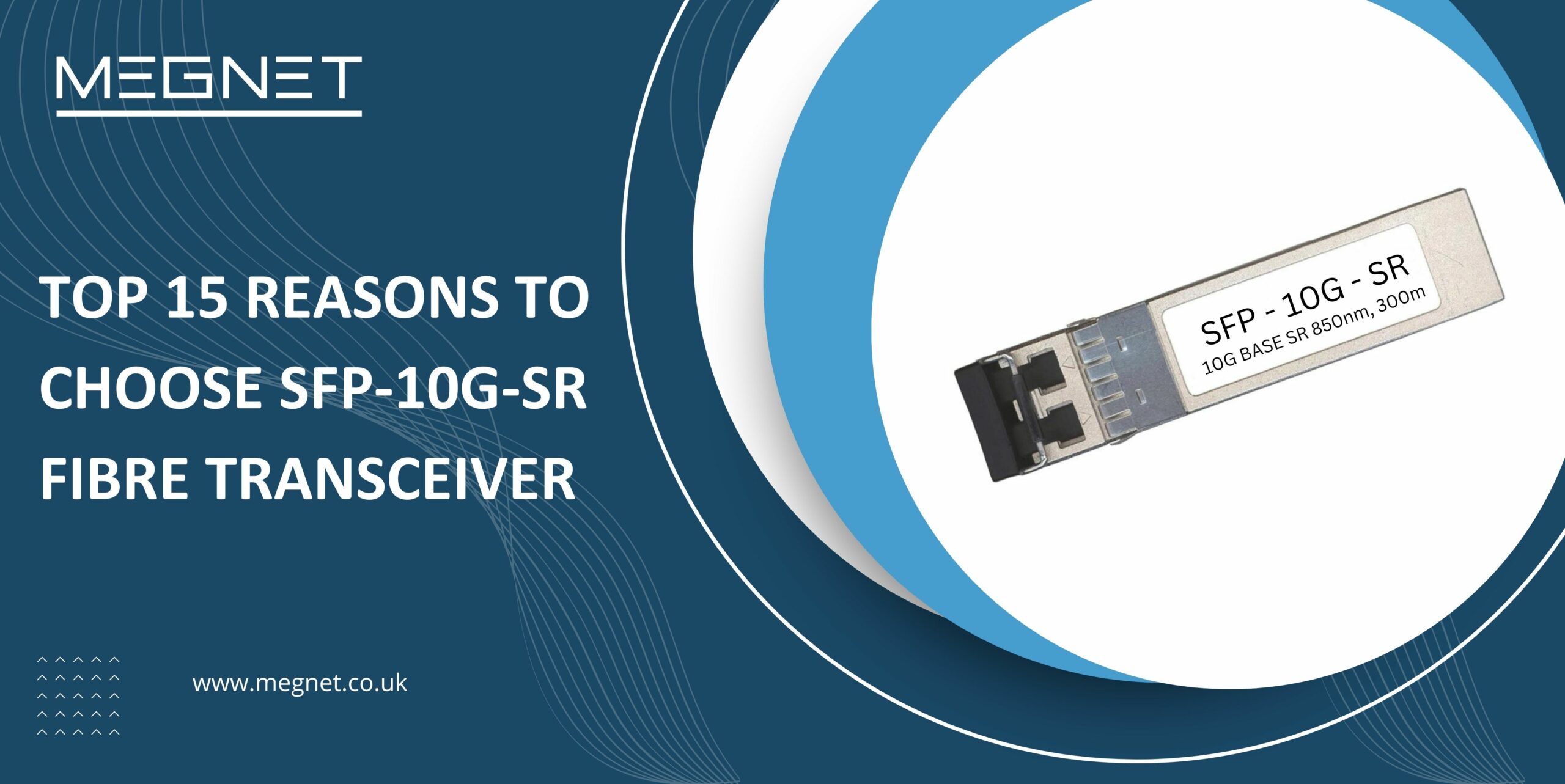
Your Network’s Performance Starts With The Right SFP-10G-SR Transceivers
What is SFP-10G-SR?
10GBASE-SR SFP+ Module supports a link length of 26m on standard Fibre Distributed Data Interface (FDDI)-grade Multimode Fibre (MMF). SFP-10G-SR is a hot-swappable input/output device which allows a 10 Gigabit Ethernet port to link with a fibre optic network. SFP-10G-SR is also used as the replacement model of compatible 10GBase-SR SFP+ Transceiver with the same function and performance supplied by many other 3rd party suppliers and stores.
SFP-10G-SR fibre transceivers are a popular choice for short-reach applications, such as data centre interconnects and campus networks. They offer a number of advantages over other types of transceivers, including low cost, low power consumption, and easy installation. They offer a cost-effective solution for connecting switches, routers, and servers at high speeds, making them a vital part of your network infrastructure.
However, with so many different SFP-10G-SR transceivers on the market, it can be difficult to know which ones are right for your needs. That’s why we’ve put together this list of the Top 15 SFP-10G-SR fibre transceiver choosing tips:
- Compatibility Matters: Ensure that the SFP-10G-SR transceiver is compatible with your existing network equipment. Check manufacturer compatibility lists and consult with your vendor if you are uncertain. When it comes to choosing the right SFP-10G-SR fibre transceiver, compatibility is paramount. The compatibility of transceivers with your existing networking equipment is crucial for seamless operations.Incompatible transceivers can lead to data transmission issues, link failures, and network instability.
- Single-Mode vs. Multi-Mode: Determine whether you need a single-mode or multi-mode transceiver based on the distance and type of fibre in your network. Single-mode transceivers are designed for long-range connections, typically ranging from hundreds of meters to tens of kilometres. These are commonly used in long-distance data centre connections and for linking geographically dispersed locations.Multi-mode transceivers, on the other hand, are ideal for shorter distances, typically ranging from a few meters to several hundred meters. They are often used for intra-building and short-range interconnection, making them a popular choice within data centres.Before choosing between single-mode and multi-mode transceivers, evaluate the physical layout of your network and the distance requirements. It’s essential to align the transceiver’s specifications with your network’s specific needs to ensure efficient data transmission.
- Data Rate: SFP-10G-SR transceivers are designed for 10 Gigabit per second (Gbps) data rates. Make sure your network equipment can support this speed. When upgrading to 10G, it’s also worth considering your network’s future needs. While 10G is currently a standard, higher speeds like 25G, 40G, and 100G are on the horizon.Investing in SFP-10G-SR transceivers that can be used in higher-speed equipment in the future can save you from frequent upgrades.
- Wavelength and Fibre Type: Pay attention to the transceiver’s wavelength and fibre type. SFP-10G-SR transceivers usually operate at 850nm over OM3 or OM4 multi-mode fibre.SFP-10G-SR transceivers commonly operate at a wavelength of 850nm. This wavelength is well-suited for multi-mode fibre optics, specifically OM3 and OM4 fibre types. Ensure that your network is equipped with the right fibre type to match the transceiver’s specifications. Using the wrong fibre type can result in signal loss and poor connectivity.
- Distance Requirement: Determine the maximum distance your transceiver needs to cover and select one with the appropriate reach. SFP-10G-SR is typically suited for distances up to 300 meters over multi-mode fibre.If your network requires connections beyond this range, you may need to explore alternative transceiver options or consider adding optical amplifiers or repeaters to extend the range.
- Compatibility with Protocols: Beyond raw data rates, consider the specific protocols you intend to use with your SFP-10G-SR transceivers. These transceivers are versatile and can support a range of protocols, including Ethernet, Fibre Channel, and InfiniBand.Ethernet is one of the most common protocols, and SFP-10G-SR transceivers are widely used for 10 Gigabit Ethernet connections.However, if your network has specialized requirements, such as Fibre Channel for storage area networks (SANs) or InfiniBand for high-performance computing clusters, verify that the selected transceivers are compatible with these protocols.
- Digital Diagnostics (DDM): Digital Diagnostics Monitoring (DDM), also known as Digital Optical Monitoring (DOM), is a valuable feature in SFP-10G-SR transceivers. DDM provides real-time monitoring and diagnostic capabilities, allowing you to keep a close eye on the performance and health of your optical links.With DDM, you can gather information about key parameters such as optical power, temperature, and signal quality. This data can be invaluable for network administrators as it enables proactive monitoring and troubleshooting, helping to identify potential issues before they impact network performance.
- Brand Reputation: Choose reputable brands with a track record of quality and reliability. Well-known manufacturers like Cisco, HPE, and Juniper often produce more reliable transceivers.
- Third-Party vs. OEM Transceivers: While OEM (Original Equipment Manufacturer) transceivers are cost-specific, third-party transceivers can be effective too. Evaluate your budget and support needs before making a decision.
OEM Transceivers:
- Vendor-Locked: OEM transceivers are designed for use with a particular vendor’s equipment and are often locked to work exclusively with that equipment. This can limit your flexibility in choosing transceivers.
- Guaranteed Compatibility: OEM transceivers are guaranteed to be compatible with the vendor’s equipment, and they are typically supported by the vendor’s technical support.
- Higher Cost: OEM transceivers tend to be more expensive compared to third-party options.
Third-Party Transceivers:
- Cost-Effective: Third-party transceivers are generally more cost-effective, making them an attractive option for organizations looking to reduce their networking costs.
- Compatibility: Many third-party transceivers are designed to be compatible with a wide range of equipment, offering flexibility in your network design.
- Support Varies: Support for third-party transceivers may not be as comprehensive as that offered for OEM options. You might need to rely more on your in-house expertise or third-party support.
Choosing between OEM and third-party transceivers largely depends on your budget and the level of support you require.
- Warranty and Support: The warranty and support options provided by the manufacturer or vendor are crucial considerations when selecting SFP-10G-SR transceivers. While it’s tempting to focus solely on the technical specifications, long-term support and a solid warranty can significantly impact your network’s reliability and cost of ownership.
- Temperature and Environmental Conditions: Consider the operating temperature range and environmental conditions in your data centre. Some transceivers are designed to operate in harsh environments, while others are suitable for standard data centre conditions.
Some factors to consider include:
- Operating temperature: SFP-10G-SR transceivers typically have an operating temperature range of -40 to 85 degrees Celsius. However, some transceivers may have a wider or narrower temperature range depending on the specific model.
- Humidity: SFP-10G-SR transceivers typically have a humidity range of 5 to 95%. However, some transceivers may have a higher or lower humidity range depending on the specific model.
- Vibration and shock: SFP-10G-SR transceivers are typically rated for a certain amount of vibration and shock. It is important to choose transceivers that are rated for the specific vibration and shock levels that will be encountered in your environment.
- Power Consumption: Energy efficiency is crucial in modern data centres. When choosing SFP-10G-SR transceivers, consider their power consumption, often measured in watts. Transceivers with lower power consumption are more energy-efficient, helping to reduce both your electricity bill and your organization’s carbon footprint.To compare power consumption between transceivers, look for their electrical specifications, which typically include details on power requirements
- Hot Swappability: It is a convenient feature that allows you to replace or upgrade transceivers without powering down your networking equipment. This can be particularly advantageous in environments where downtime is costly and disruptive.Most SFP-10G-SR transceivers are designed to be hot-swappable, meaning you can remove and replace them while the networking equipment is running. However, it’s important to confirm this feature with your specific equipment and transceiver models, as not all devices support hot swapping.
- Cost Considerations: While cost is a significant factor, don’t compromise quality for price. Evaluate the total cost of ownership, including maintenance and support, before making a decision.
- Future-Proofing: Consider your network’s future requirements. If you anticipate upgrading to higher speeds, it may be worth investing in transceivers that support 25G, 40G, or 100G speeds.
Here are some additional tips for choosing SFP-10G-SR fibre transceivers:
- Consider the operating temperature range of the transceivers. Make sure that the transceivers you choose can operate in the temperature range of your environment.
- Think about the form factor of the transceivers. SFP-10G-SR transceivers come in a variety of form factors, including SFP+ and SFP-28. Make sure that the transceivers you choose are compatible with the form factor of your network equipment.
- Pay attention to the warranty. Make sure that the transceivers you choose come with a warranty. This will protect you in case the transceivers fail.
Here are some of the best SFP-10G-SR fibre transceivers on the market:
- Cisco GLC-SR-S
- Finisar SFP-10G-SR-S
- Arista SFP-10G-SR
- Juniper Networks EX-SFP-10G-SR
- Intel XFP10GR-SM
Conclusion:
Selecting the right SFP-10G-SR fibre transceiver is a critical decision for your network’s performance and reliability. By considering the factors outlined in this guide, you can make an informed choice that aligns with your network’s requirements and budget. Always consult with your network engineers and vendors to ensure that your selected transceivers are the best fit for your specific environment.
Investing time and effort in choosing the right SFP-10G-SR transceivers will pay off in the long run, as they will contribute to the seamless operation of your network and help you stay ahead in the ever-evolving world of data transmission. Make sure to keep abreast of industry developments and technological advancements to stay at the forefront of networking technology.
Ultimately, there is a perfect transceiver for every network set up. When you consider the primary aspects of network design and the specific metrics your transceiver needs to meet, you can get equipment that does the job well without overspending.
Book Your Zero Cost Consultation Today with our Network Systems Engineer
FAQ's
An SFP-10G-SR (Small Form-Factor Pluggable 10 Gigabit Ethernet Short Range) transceiver is a hot-swappable device that connects network equipment to fiber optic cabling for high-speed data transmission over short distances (typically up to 300 meters).
Compared to other transceivers, SFP-10G-SR offer: Lower cost, Lower power consumption, Easy installation & High data rates (10 Gbps)
Compatibility with your network equipment is crucial. Other factors to consider include: Distance requirements (typically up to 300 meters for multi-mode fiber), Wavelength and fiber type (usually 850nm and OM3 or OM4 multi-mode fiber), Protocols (Ethernet, Fibre Channel, InfiniBand), Digital Diagnostics (DDM) for monitoring performance, Brand reputation and warranty
Consult with your network engineers and vendors to ensure compatibility and choose the best transceivers for your specific network needs.
Cisco, HPE, Juniper Networks, Finisar, Arista are some well-known brands known for quality and reliability.
By choosing the right SFP-10G-SR transceivers, you ensure reliable data transmission and contribute to the overall performance and stability of your network.
They enable high-speed connections between switches, routers, and servers at a lower cost compared to other options.


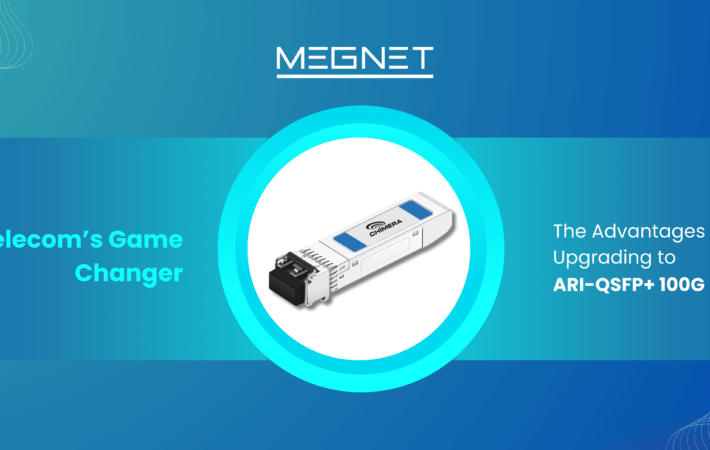

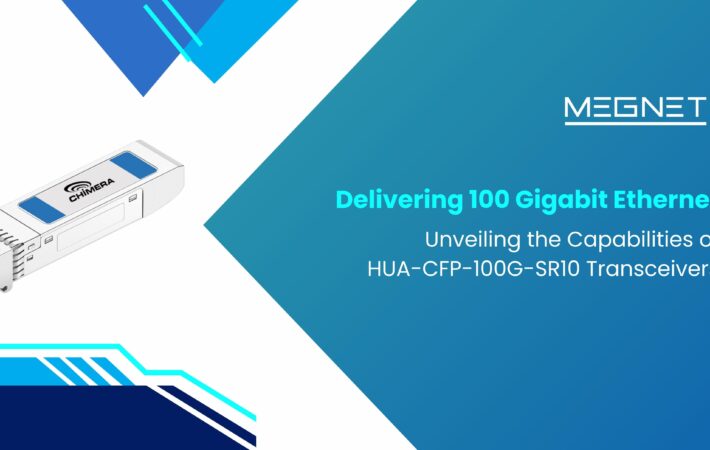
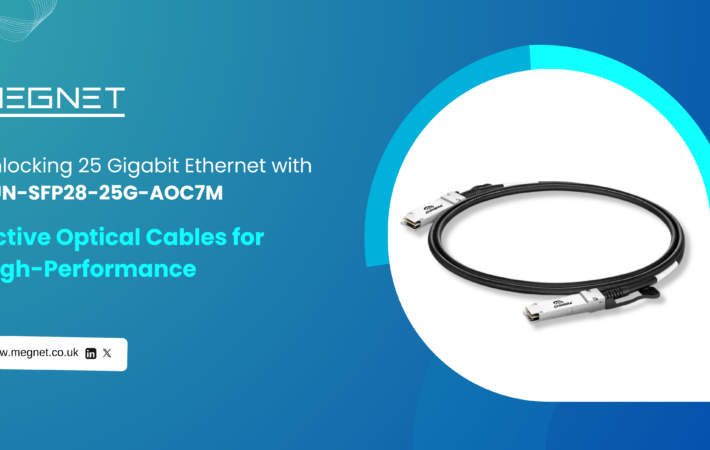
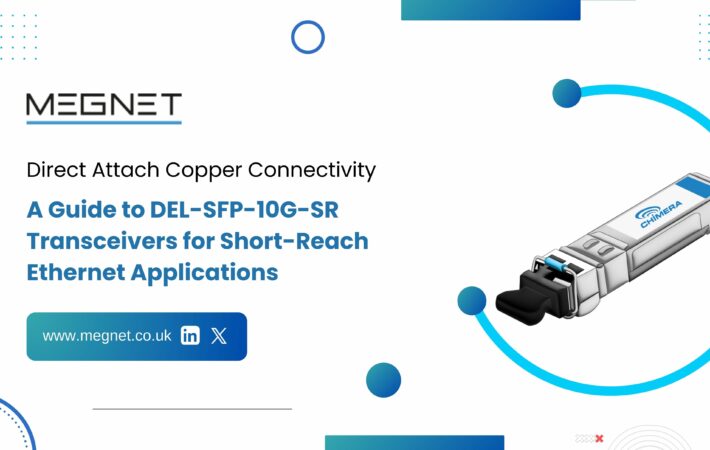


Leave a comment
Your email address will not be published. Required fields are marked *